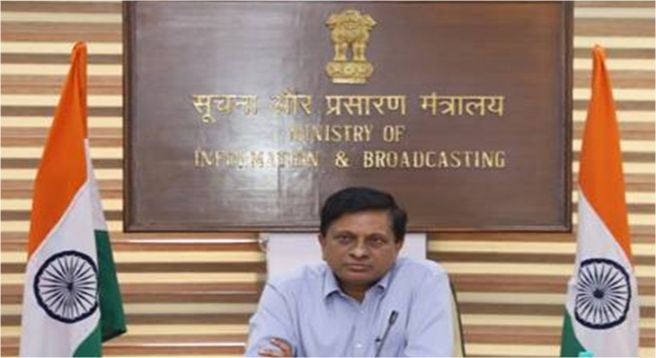Indian media and entertainment industry’s call for a coherent and single national policy for the sector was acknowledged by a top government official who also said Thursday that such a law, if at all proposed, would need wider discussions with stakeholders, apart from study of global experiences.
Whether one regulatory policy can encompass all the diversified sectors within the M&E umbrella and do justice to all would need to be discussed in detail, Ministry of Information and Broadcasting Secretary Apurva Chandra said while addressing the valedictory session at the CII Big Picture Summit, themed “The Big Pitch: Is the Industry ready, What’s next?”
Chandra, who was sympathetic to the concerns and challenges of the media industry, while stressing that the government’s role is more of a “facilitator”, pointed out that one law for the whole sector would have to be examined in depth as to whether it could do justice to the needs of the stakeholders.
While such a single law could be beneficial for some, it could put restrictions on others, the Secretary said, adding international experiences in the formulation of such a regulation would also have to be studied and reviewed.
On Wednesday, at the opening ceremony of the Big Picture Summit, K. Madhavan, Chairman, CII National Committee on Media & Entertainment and Country Manager & President, The Walt Disney Company India & Star India, had implored the policy-makers to do away with multiplicity of regulations for the M&E industry.
“Given the power and influence of our industry, it is essential that we be allowed to freely flourish with the power to self-regulate,” Madhavan had said, making a strong case for doing away with multiplicity of authority and regulations by suggesting one coherent national policy for the M&E sector.
Meanwhile, allaying fears of content creators of repercussions, the senior government official said as long as the content was “within the purview of the law”, the government would continue to support India’s creators.
Urging the M&E industry to move faster towards achieving the $100 billion goal, Chandra said all positive initiatives of the industry, including anti-piracy measures, would be fully supported by the government.
Media and entertainment sector has to grow much faster than the economy in general because it’s a leading sector of the economy and not the one that follows the economy.
For the record, the Indian M&E sector’s present share of the GDP is less than two per cent, while in other markets, including some smaller countries, M&E’s contribution to the economy is larger. For example, according to Technicolor’s India head Biren Ghose, out of the United Kingdom’s total annual exports, M&E’s share is about 12 percent.
Other speakers on the panel, representing a cross-section of various segments of India’s M&E industry, highlighted how technology is changing how content is consumed and distributed and why excessive regulation, aimed at micro-managing businesses, impedes the sector’s and country’s prospects globally.
Pointing out that customers would pay for quality content, Amazon Prime Video Director and India GM Gaurav Gandhi said OTT was “breaking” the barriers of languages and geographies enabling creators to tell stories that reach more consumers as content gets “unparalleled reach” on digital platforms.
Tata Sky MD & CEO Harit Nagpal lamented that a healthy growth record of DTH companies was stymied by “draconian” tariff order of regulator TRAI and the COVID pandemic, amongst other factors.
Pointing out that there were still 100 million homes to be reached and entertained in India, Nagpal expressed the hope that recent assurances given by policy-makers and the regulator would help the DTH sector return to its annual growth rate of 18-20 percent as it was three years back.
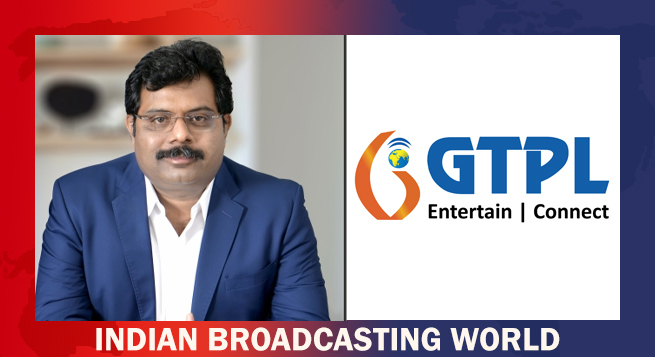 GTPL Hathway Q4 revenue at Rs. 8,989 mn signals 10% YoY growth
GTPL Hathway Q4 revenue at Rs. 8,989 mn signals 10% YoY growth 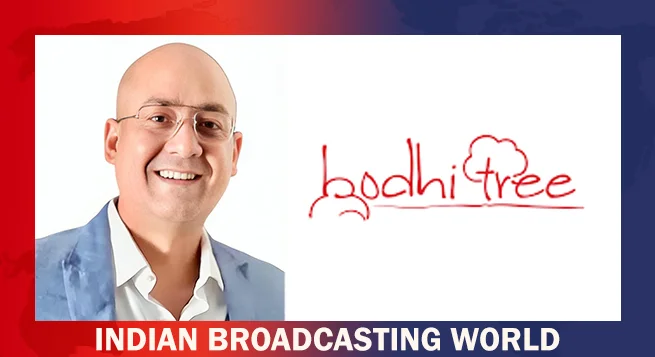 Bodhitree appoints Sudip Roy CRO; launches new revenue division
Bodhitree appoints Sudip Roy CRO; launches new revenue division  SonyLIV drops ‘Black, White & Gray-Love Kills’ trailer
SonyLIV drops ‘Black, White & Gray-Love Kills’ trailer 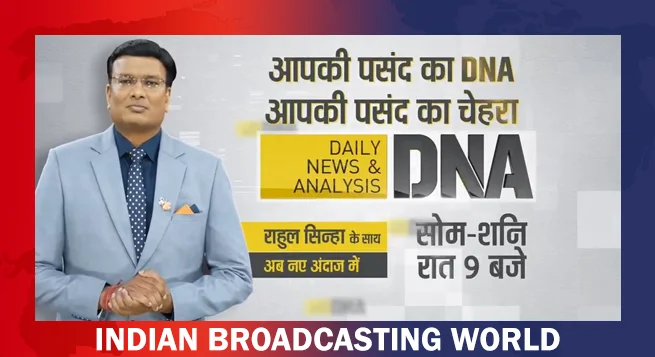 Rahul Sinha takes charge of Zee News’ DNA
Rahul Sinha takes charge of Zee News’ DNA 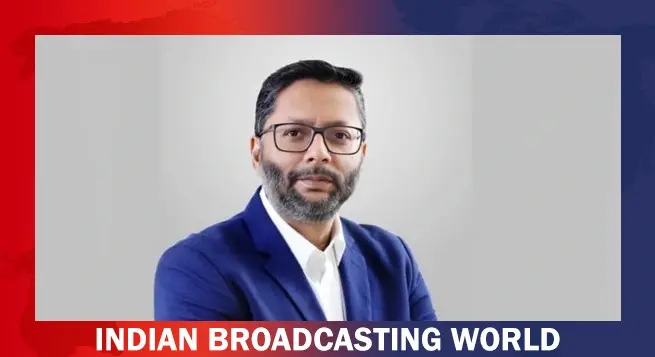 Vivek Modi joins JioStar as head of brand solutions & impact
Vivek Modi joins JioStar as head of brand solutions & impact 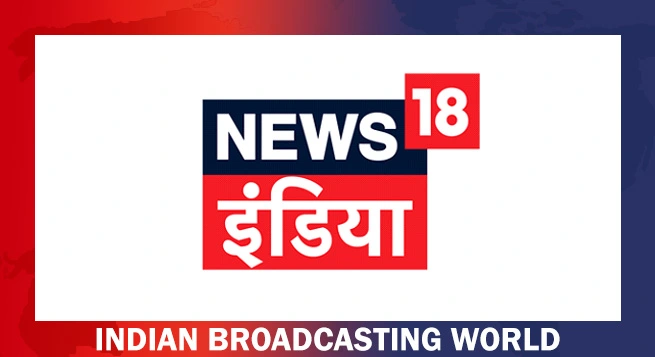 News18 India tops BARC ratings, beats Aaj Tak to remain No. 1 hindi news channel
News18 India tops BARC ratings, beats Aaj Tak to remain No. 1 hindi news channel 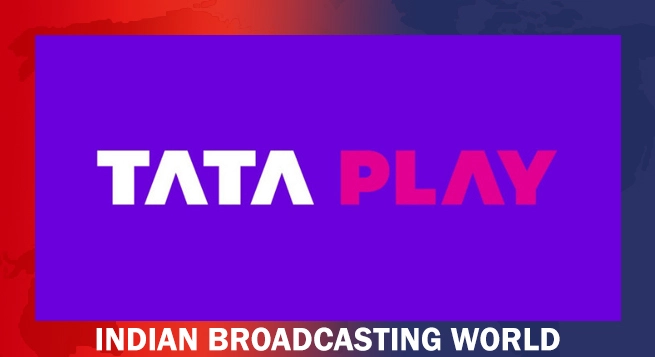 Tata Play Binge unveils April’s sizzling lineup
Tata Play Binge unveils April’s sizzling lineup 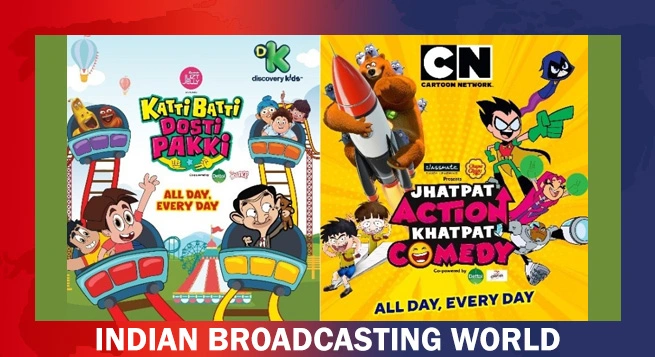 WBD unveils summer lineup for kids across India
WBD unveils summer lineup for kids across India 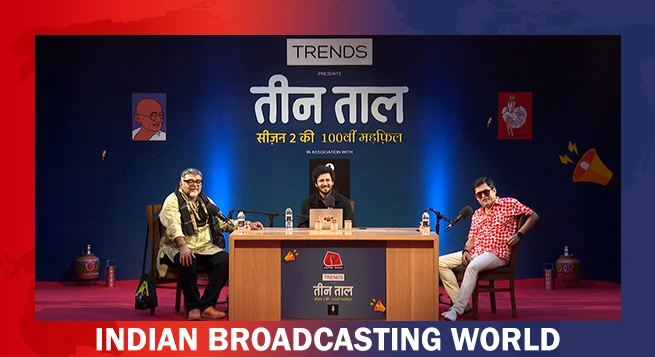 ‘Teen Taal’ celebrates 100th episode with live Pune show
‘Teen Taal’ celebrates 100th episode with live Pune show 


